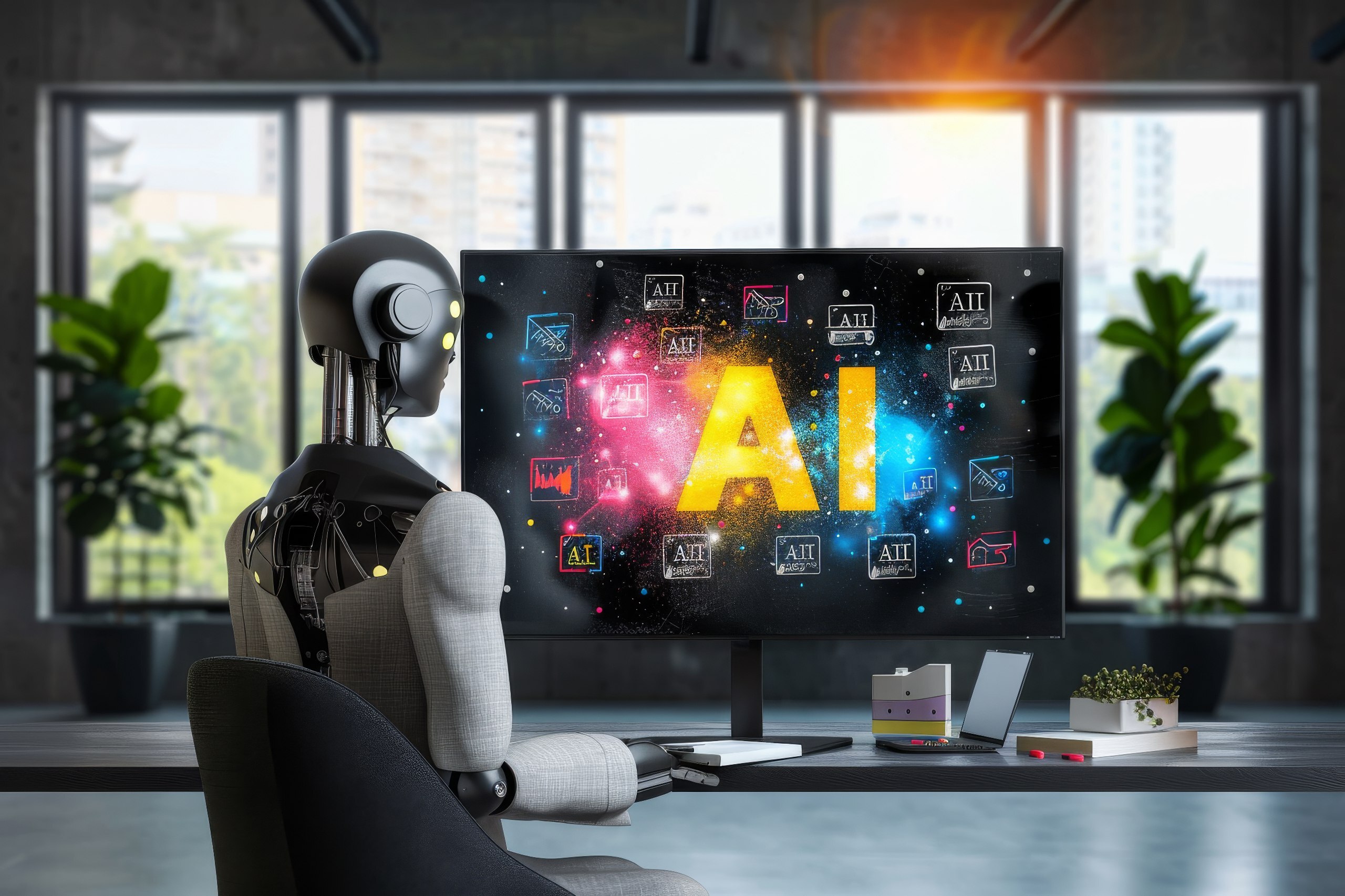The escalating issue of littering and the associated risks to the environment, public health, and wildlife has put immense pressure on the municipality and authorities to follow effective strategies to keep a rigorous check on the people. However, the truth is that police are not air; they can’t be present all the time and everywhere to keep a check on the people who are littering around. Therefore, in today’s era, where the population is increasing and tourism is a trend, incorporating technology and AI-driven smart ways for detecting litter and issuing challan can help the administration pave the way to a clean and safe environment for people.
In this blog, you will read about the rising concerns of littering and How incorporating AI in Litter Detection & Litter Challan systems can help us move forward to a better, clean, and green future!
The Growing Problem of Littering
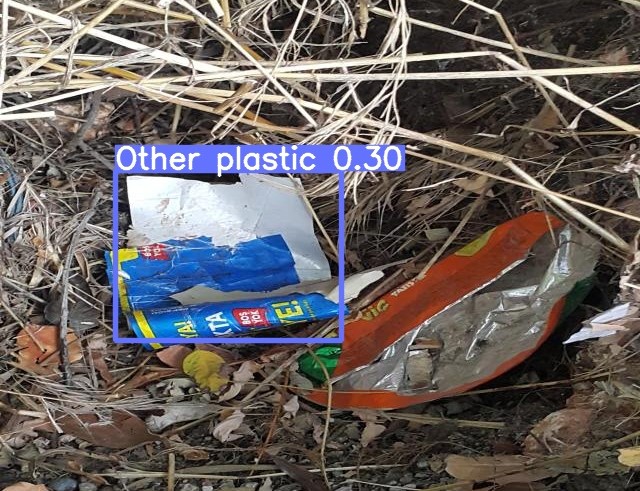
Before diving into smart solutions, let’s discuss the associated concerns with the surge in littering:
Environmental Degradation
Discarded waste like unbiodegradable plastics, food, and contaminated water directly affects the environment and harms the ecosystems, including wildlife. The waste further clogs sewages and waterways, threatening the survival of aquatic animals. Moreover, clogged water attracts many insects, hence giving rise to insect-borne diseases. Unmanaged waste can contribute to soil pollution, which in turn hinders the growth of plants, degrades natural landscapes, and disturbs the ecosystem’s stability.
Public Health Hazards
Gathered waste degrades the environment and clogs waterways, which invites a number of insects that serve as disease-carrying vectors and transmit diseases like malaria, dengue, and many others. In addition, burning the gathered waste can also produce toxic gases that degrade the air quality, and cause respiratory ailments like asthma, etc. Apart from this, the litter around may contain sharp objects like knives or broken glass, which can cause injuries or infection to people and animals.
Economic Burden
The increasing issue of littering places puts significant economic strains on local communities and governmental bodies. The financial outlay required for cleaning up, including investing in waste management systems, street cleaning, and the upkeep of public areas, is considerable. Additionally, the negative impact on tourism and property values due to litter can deter visitors and potential investors, leading to lost revenue. The expenses associated with enforcing litter laws and running anti-littering initiatives further strain budgets, pulling away funds from vital public services and intensifying financial pressures.
Therefore, the need to adapt advanced technological systems for controlling the rubbish in the surroundings has now become crucial. Let’s read how AI in Litter Detection can revolutionize the conventional ways of regulating the public.
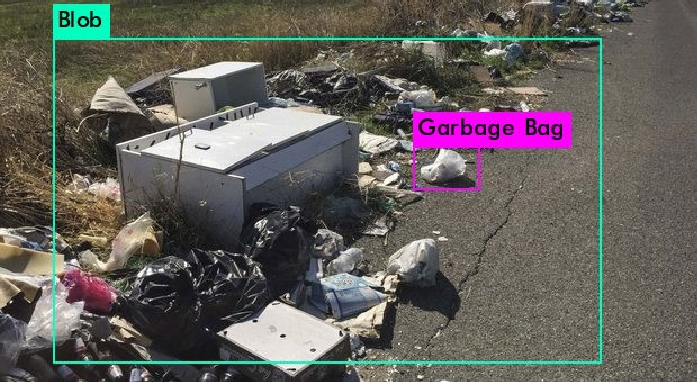
The Role of AI in Litter Detection
Artificial intelligence in litter detection will help in keeping a 24/7 check on public places and private facilities for the litter left behind. AI-powered systems can be trained to detect litter and inform authorities and facilities to take the required action.
Following are the key points discussed for how AI can help in Litter Detection:
Minimize Litter in Public Spaces
AI systems are trained to detect all types of litter, like food packaging, cans, bottles, clothes, plastic bags, paper, baby diapers, cigarette butts, tires, vehicle debris, etc. With the help of AI-powered video analytics, authorities can detect all these wastes in real time, identify who left them and where, issue fines for them, or just discard the litter. Such regulated management can thus help them in preventing the public from littering.
Moreover, security drones can help the authorities in surveillance of the public. They can process the recorded videos with the help of AI algorithms, detect littering items, identify their types, nature, and brand, quantify them, and send the information to waste managers to help them build strategies for effective litter management.
Addressing Illegal Dumping
Fly-tipping, or illegal waste dumping, like abandoning certain large waste items like old furniture, electronics, or so in places which are not designated for such dumplings, like next to a park’s dustbin, etc., just because the respective owner either wanted to dodge a disposal fee or was too irresponsible to dump it in the local recycling spot come up to be another problem which can be tackled with the help of AI. For this purpose, the government can use an Abandon Object Detection AI system that can help identify such littering events, spot the offender nearby, and pass his location to the concerned person in authority, thereby helping the municipality detect and punish the lawbreaker and encourage people to dispose of the waste more responsibly.
Prevent Waste Fires
Litter may have inflammable or combustible substances that catch fire and cause fire hazards. The fire may lead to air pollution due to the release of toxic substances like smoke and greenhouse gases, which would degrade the environment’s air quality and risk human health. To handle this problem, a computer vision-based litter detection solution can be used to detect fire and smoke at faraway locations that enable the authorities to take the required action with immediate effect, thus preventing the spread of fire and controlling the possible dangers.
Preventing Littering on Roads and Highways.
According to Keep America Beautiful, Every year, U.S. roadways accumulate an overwhelming amount of litter, tallying over 51 billion pieces. Among these, tobacco comprises the majority, making up approximately 38% of the total. Following closely behind are paper at 22% and plastic at 19%. These figures shed light on the urgent need for efforts to combat littering and promote responsible waste management practices. To achieve this, AI-backed litter detection high-resolution cameras can be installed on highways to immediately detect the number plate of cars from which the waste is thrown on roads and issue fines to them. The fines can be validated by the police after which a penalty charge notice would be sent to the offender.
Provide Insights For Better Waste Management
AI litter detection systems can generate loads of data about the litter hotspots, showcasing where the litter gets detected the most, what type of waste is thrown more frequently, peak timings when people throw waste, and so on. All this data can be valuable for the municipality to draw insights regarding how they can minimize the waste thrown around and help them make crucial decisions like forming waste disposal policies through data-driven insights. In addition, AI models can generate recommendations for better waste management which can further improve the quality of decisions of the authority.
Thus, AI in litter management can be a boon for the government to streamline related operations and for the effective execution of policies to control and manage the accumulated waste.
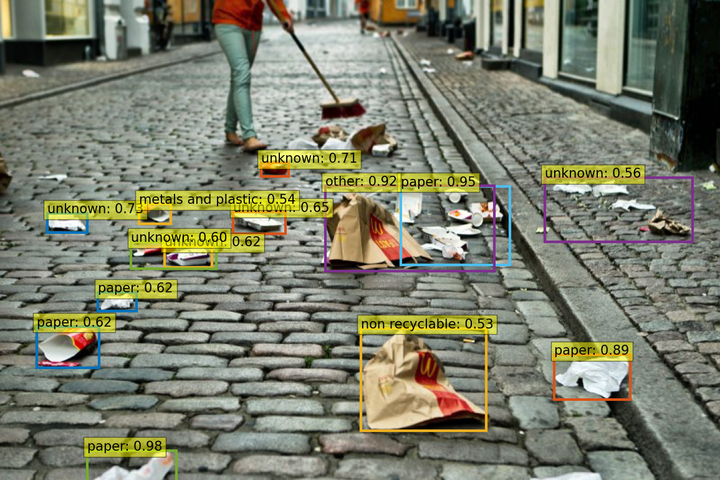
AI for Aquatic Plastic Litter Detection
The domains of artificial intelligence for litter detection are not just limited to roads and highways. They are also useful for monitoring littering in waterbodies. There is no doubt that human beings are selfish beings, and all they care about is themselves. Littering in water bodies has been a forever problem for the government. Tourist waste on beaches, industrial waste, agricultural pollution, and climate change all lead to an increase in water pollution, which further risks the lives of aquatic plants and animals.
With the help of AI-powered video analytics and super-resolution imaging, municipalities can detect the litter present in the waterbody at far away distances. Moreover, they can spot who threw the waste and issue fines to the accused. The data generated from the AI-backed systems would also assist the authorities in acknowledging major causes of litter in waterways hotspot areas, which would enable them to make intelligent data-driven decisions for how they can control the waste in the water and form policies that will encourage citizens to dispose of waste more responsibly.
Benefits of AI in Litter Detection
Below discussed are the benefits of artificial intelligence-driven litter detection in detail.
Efficient Detection
Police and waste management departments can’t be everywhere; therefore, to solve this problem, AI litter detection systems can be quite useful. AI-powered litter detection systems can automate the process of identifying and categorizing litter in real-time, reducing the need for human intervention. AI then would intimate the waste management departments, thereby streamlining litter management and enabling authorities to allocation resources efficiently for the litter-prone areas.
Improved Compliance
AI can automate the fine issuance, thereby cautioning the public not to throw waste here and there. The threat of immediate consequences discourages the littering behavior of citizens, and they dispose of waste responsibly; thus, incentivizing compliance with regulations helps in keeping the environment clean and generates revenue from the litter-causing people, which could be further used for litter management.
Data-Driven Insights
AI algorithms generate vast data related to stats of litter-prone areas, litter patterns, hotspots, and trends. Moreover, AI models can help in drawing insights from that data, which enables the authorities in deeper analysis and make data-driven informed decisions like intervention strategies, resource allocation, and policy formulations. In addition, AI can help with various data-driven recommendations for litter management, environmental betterment, and public welfare.
Enhanced Environmental Detection
AI technologies play a crucial role in swiftly detecting instances of littering and tackling them, thereby helping to preserve and protect natural habitats and the ecosystem. By stopping litter from polluting rivers, woods, and other vulnerable areas, these efforts help curb environmental damage, protect animal species, and enhance the overall health and robustness of ecosystems.
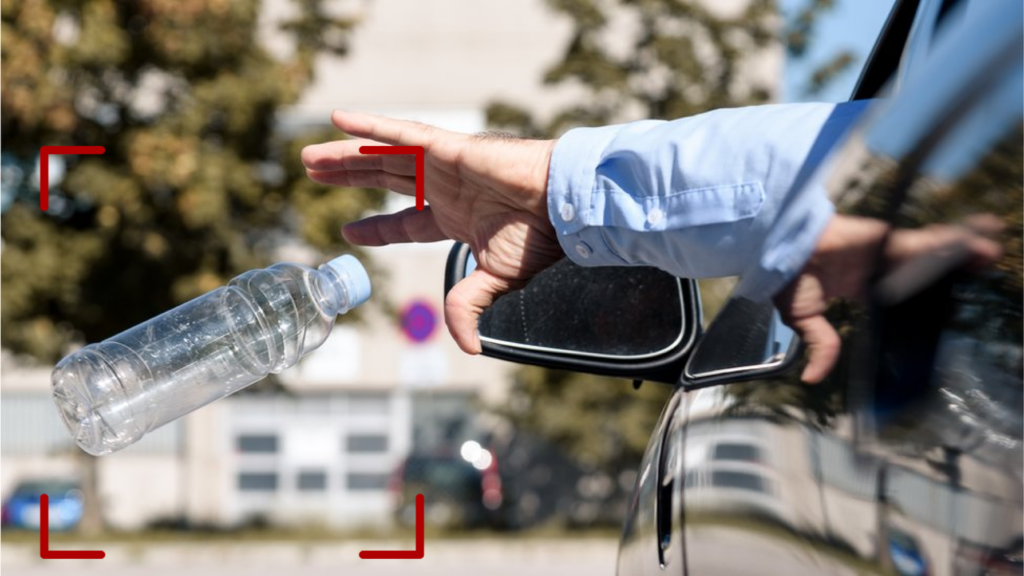
Challenges for AI in Litter Detection
The detection of litter with the help of AI can make the process quite easy, reduce the stress on administration, boost their productivity, and hence enhance work efficiency. However, integrating AI for litter detection and challan issuance still comes with a lot of challenges, some of which are discussed below:
Diverse Litter Types
Litter can have many shapes and sizes, going from as small as cigarette butts to as big as tires or plastic bottles. Developing models that can detect and differentiate between all types of waste can be a challenge. This would require a large number of high-quality datasets and sophisticated image processing techniques so that the model can be trained to handle the variability in litter appearances accurately.
Dynamic Environments
Just like waste, environmental conditions can also vary with the effect of different types of lightning during the day and night, weather, traffic flow, and vegetation, which further changes the visibility and detection of litter. To build an AI algorithm that would incorporate real-time data, adapt to all environmental conditions, and have sensors to detect accuracy and reliability is another challenge that would come up in the way of the effective execution of artificial intelligence for litter detection.
High-Speed Detection
Immediate litter detection and fine issuance via AI-backed cameras and systems would require a high-speed operation and accuracy that would be capable of analyzing images and videos in real-time. Therefore, the AI algorithms that would be integrated into the systems must be of high efficiency and speed to handle rapid and frequent movements of vehicles, crowds, and litter, ensuring timely detection and intervention to check and control potential hazards and maintain road safety.
Integration with Existing Infrastructure
Integrating such advanced AI algorithms or systems into the existing administrative and road infrastructure, like surveillance cameras and roadside sensors, raises technical problems related to compatibility, connectivity, and data interoperability. Moreover, seamless integration is necessary for properly executing the AI-backed anti-littering rules and regulations, data collection, and analysis. To tackle this challenge, a proper technical audit must be done to change the existing infrastructure if required and to develop adaptive AI algorithms.
However, all these challenges can be solved with proper audit, data analysis, and adaptive AI development, and therefore, such hurdles must not stop society from adapting advanced solutions for public welfare and environmental betterment.
Future of AI in Litter Detection & Management
As the scope of artificial intelligence and technology is advancing, the use cases of AI in litter detection and challan issuance will only grow. The ability of AI to analyze vast amounts of data and draw data-driven insights is tremendously useful for the administration and municipality. It not only reduces the burden on them but also generates useful insights in the form of charts and graphs that can further be used for making intelligent decisions for the environment and public safety.
The future of AI in litter detection and management is brimming with opportunities. As we move forward to achieving superior forms of AI like Strong AI and Super Intelligence, we can find some mindblowing solutions to solve our littering problem in the future.
Imagine a litter detection robot picking up waste, and cautioning the persons that throw waste, so this is how the future looks! As anticipation builds for more advanced technologies, AI will reach heights not only in the field of litter management but also in other sectors like healthcare, education, administration, manufacturing, and much more.
Are you looking to launch your AI Litter Detection and Challan Issuance Solution?
Get in touch with the Best AI Development, integration, and consulting company BuildFuture AI and pave your way to a sustainable future with AI!
We deliver the best at the quickest!




